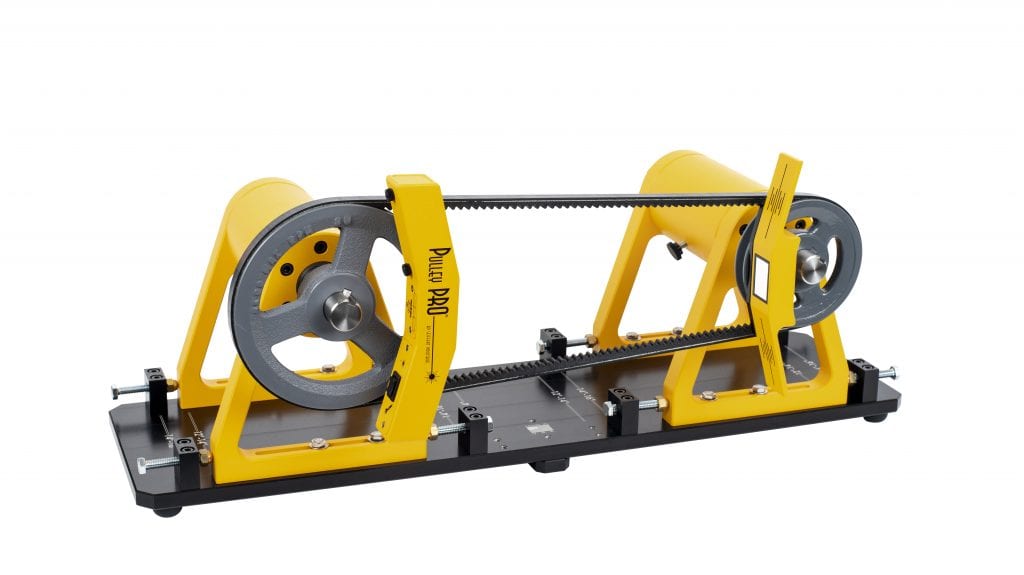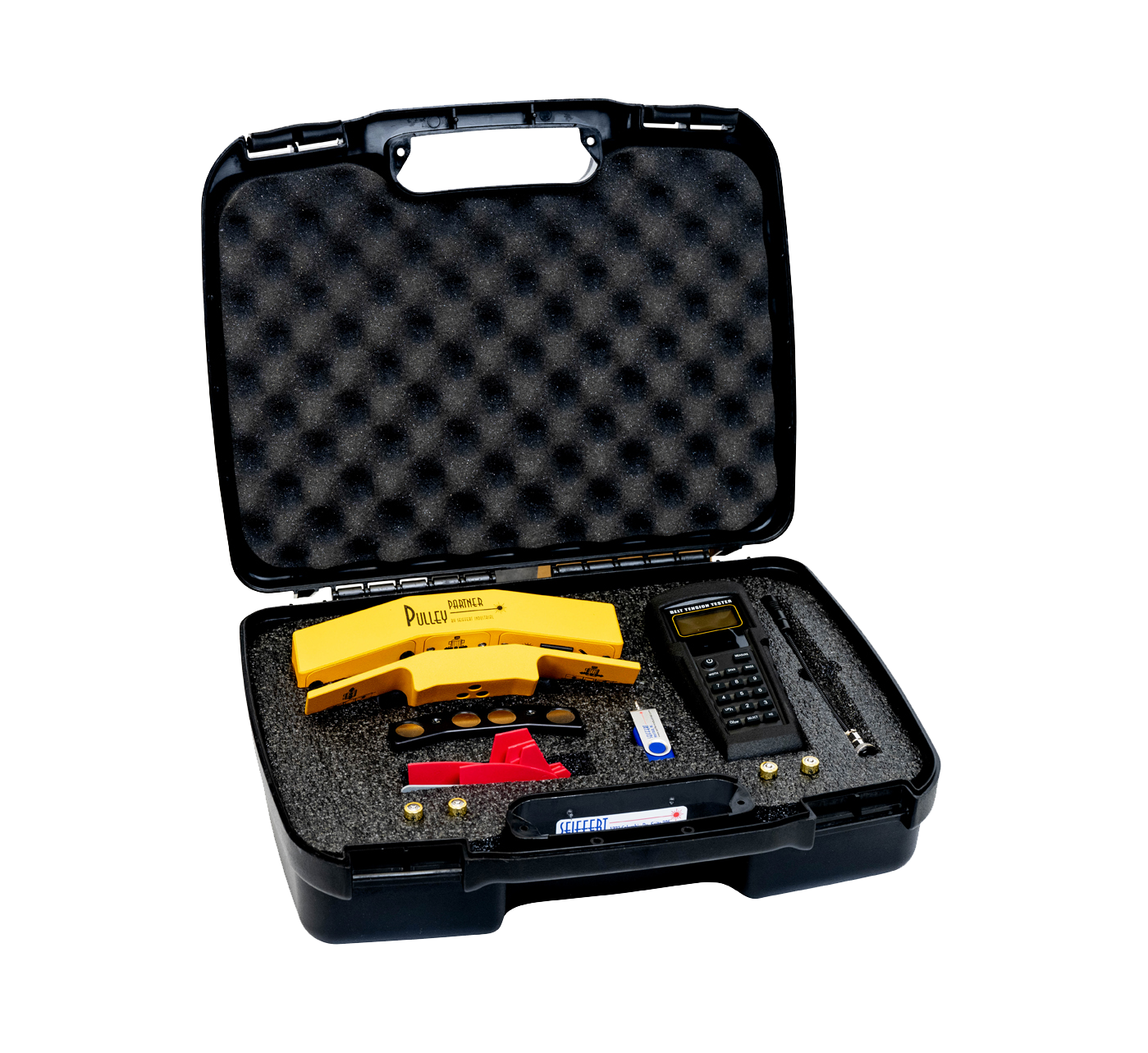
Machine belts need to be tensioned properly in order to work well. If the tension is “off,” the belt will ride either too tight or too loose on the pulley. When this happens, there will be slippage. Heat will build up from friction, and it’s highly likely that a belt will crack or break.
If a machine belt is too tight, that’s adding stress on the bearings. The motor, then, will likely over amp and, ultimately, fail.
Signs of improper Machine Belt Tension
What are some signs of improper machine belt tension? Obviously, if you see cracks in the belt, you’ve got problems. If the belt makes a squealing noise when the machine starts up, that could indicate a tension problem. Also, be on the lookout for a hardened appearance, pieces broken off, and/or pulleys wearing out long before they normally should… And with regards to the motor, if you notice a worn out front motor bearing or there’s over amperage of the motor while the machine is running, you probably have a tension issue.
Seiffert Industrial recommends that belts be tensioned according to manufacturer’s recommendations. Newer belts generally require higher tension levels because they haven’t been “run in.” Ideally, a belt should be tensioned such that the force required to achieve the desired deflection distance is within the belt’s manufacturer’s recommended force values for the type of belt(s) being used.
Keep in mind that belt tension adjustments may alter pulley alignment and pulley alignment adjustments can alter belt tension levels. Seiffert Industrial recommends the Pulley Pro® alignment tool which can be used to help monitor the pulley alignment condition as belts are adjusted for the correct tension level. We also recommend the Gates Sonic Tension Meter which measures belt span tension easily and accurately. With this meter, belt tension is measured by plucking the belt span while holding a sensor close by. Belt tension is adjusted until the belt span frequency or measured tension level is within manufacturer’s recommendations.
Check out this Seiffert Industrial page for more info on belt tension methods.

